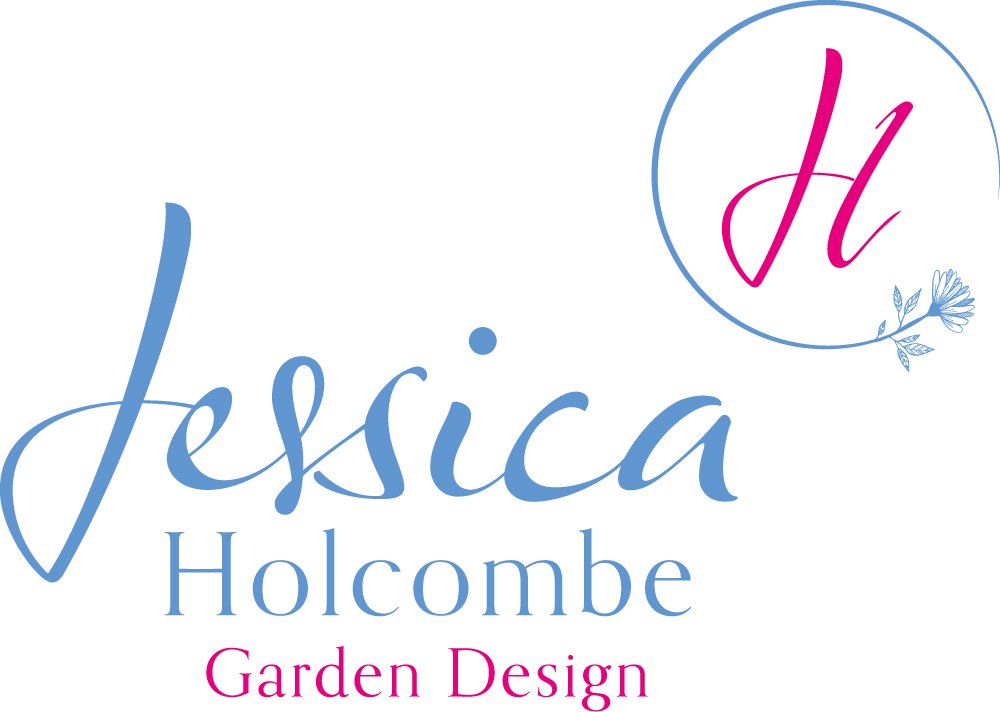Buying bare root; my garden hedging recommendations
November is a great time to think about hedging in your garden.
Why? Because bare root season starts now!
What is a bare root?
Bare roots when they arrive might look a little underwhelming. Usually a few sticks (if deciduous i.e a hedge where leaves drop), the roots and some soil.
The reason they look like this is because they have been harvested during their dormant season. This is from November to March.
Why buy bare root?
Buying bare root plants is a fantastic way to maximise your budget.
For example, you could buy a bare root Carpinus Betulus (Hornbeam) for around £1.50 each in comparison to a root ball option at 1.5m tall which would could you approximately £35 each.
But they key to buying bare root is patience. You will need to allow time for your bare root hedge to establish.
For perimeter hedging installing a wire fence will protect your garden from unwanted visitors such as neighbours dogs. This will allow time for your bare roots to establish and in time the wire fence will not be seen.
It may be that you choose to mix bare root options with more established hedging to create instant impact where it matters most to you.
How to choose the right bare root hedge?
We have spoken before about the importance of choosing the right plant for the right place, and this is the same when it comes to hedging.
Things to consider include;
· Soil conditions
· PH of your soil
· Wind conditions
· Sun light
· If you want deciduous or evergreen
· If you have livestock
Doing your homework and ensuring you choose the right hedge for your specific conditions is key.
You don’t want to invest in hedging for it all to fail because the conditions weren’t right.
My top three hedging options
Here are my top three options for hedging. I hope this helps to inspire you if you are still in your research phase.
2. Carpinus betulus (Hornbeam)
This is a great option where you are unable to have Fagus Sylvatica (Beech) as they are quite similar aesthetically. Carpinus betulus has gorgeous green foliage from Spring-Summer, and come Autumn-Winter these will turn a cooper-brown.
What is great about this is that the leaves will remain on the hedge so you still have all year-round cover/privacy. This will also provide a great home for wildlife sheltering from the cold.
I love combining Carpinus betulus with other evergreen hedging as I think it create a wonderful contrast in the garden throughout the seasons.
This will be happy in all soil types and will tolerate full sun and partial shade.
2. Taxus baccata
Yew is a fabulous evergreen option which can be used in so many ways in the garden. It can be grown tall for maximum privacy, or kept very short and neatly clipped as a great alternative to Buxus (Box).
This is different to Hornbeam as it is dense and so lends itself to being neatly clipped, perfect for a more formal look. You can also create wonderful show stopping shapes and sculptures if this is your thing!
The dense, evergreen nature of this hedge will also create great habitats for wildlife and birds, creating shelter and places to nest.
However, Yew is not for you if you have livestock or this hedge will border livestock as it is toxic.
Yew will tolerate sun to full shade and will be happy in all soil types.
3. Mixed native hedging
This is a perfect hedging option in rural gardens, large estates and where you have live stock. You can choose the mix that suits you best and what I love the most about this style of hedging is the positive impact it has on wildlife.
This hedging will provide a diverse home for wildlife to live, eat and thrive. A mix of planting will ensure you have plenty for pollinators and something to see throughout the year.
This style of hedging won’t work as clipped topiary or very tight low hedging, but fantastic for planting along a boundary line.
You can find a mix to suit all garden conditions and soil types too.
Have you found this helpful? I’d love to know if you are making the most of bare root season, why not come and tell me on social media.
Want to hear more from me?
Sign up to my monthly Garden Inspiration Newsletter, where I share:
Early bird access to my monthly blog
Exclusive garden related content with advice, info and guidance
An overview of what I am up to each month in my own garden and;
All the information on any new services I launch.
On top of that you have access to me! If you would love to see me cover a topic, maybe something you are struggling with my inbox is always open.



